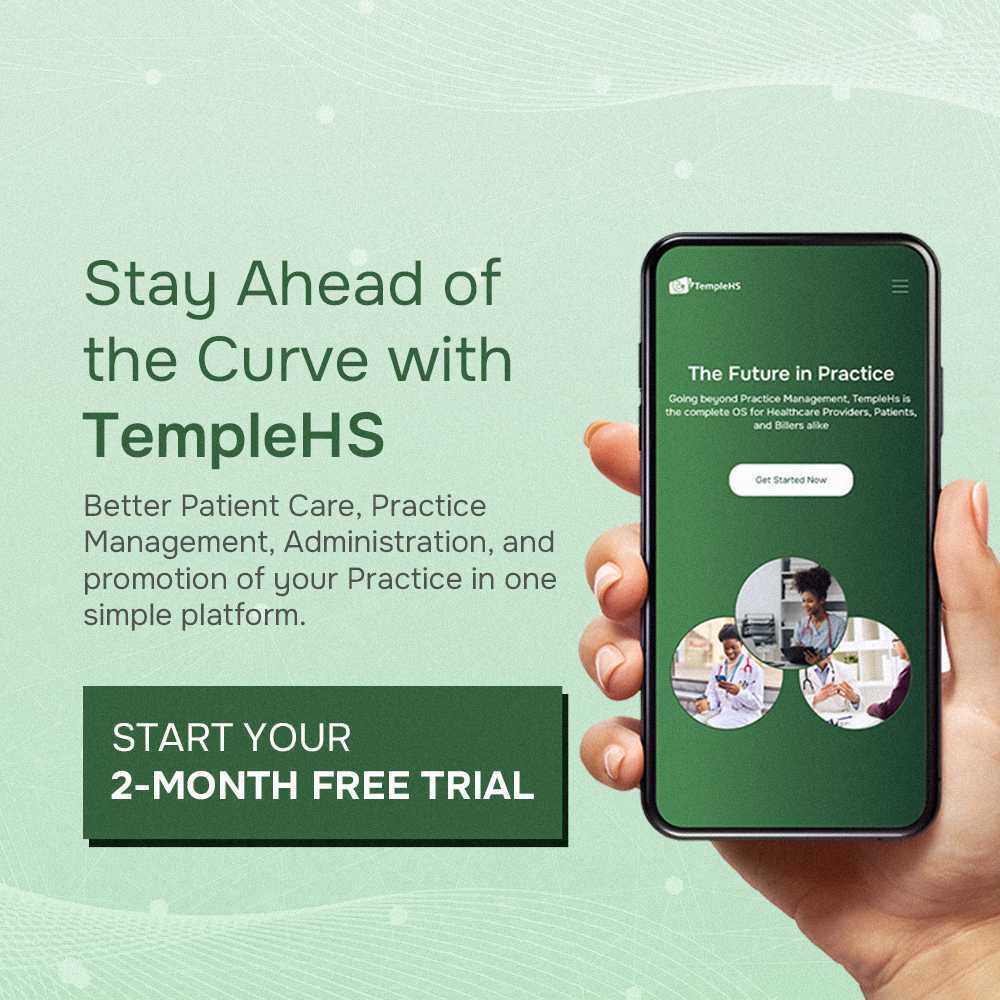Establishing a thriving medical practice requires more than just excellent medical skills; it also demands effective marketing to attract and retain patients. While larger establishments might have substantial budgets for marketing, smaller practices often find themselves constrained by limited financial resources.
This limitation, however, doesn’t spell doom for their marketing efforts. The advent of digital technology and various innovative, low-cost marketing strategies have leveled the playing field, allowing small and medium-sized medical practices to effectively promote their services without breaking the bank.
This post will help medical professionals looking to enhance their practice’s visibility and patient base while on a modest budget. Our focus is on strategies that are easy to implement yet powerful enough to make a significant impact on your practice’s growth.
1. The Simplest Strategy is to Leverage Social Media
Social media is a potent tool for medical practices seeking to connect with potential patients and engage with their community. Platforms like Facebook, Instagram, and LinkedIn offer unique opportunities to showcase your practice’s more relatable and personal side.
Regularly updating your social media profiles with content such as health tips, updates about your practice, and introductions to your staff can create a connection with your audience that goes beyond the traditional patient-doctor relationship. For example, posts about preventive health care, nutrition advice, or simple home remedies for common ailments can be both informative and engaging.
Also, featuring your team, celebrating staff milestones, or sharing behind-the-scenes glimpses of your practice helps to humanize your team, building trust and rapport with your audience. While organic reach on these platforms can be impactful, exploring their paid advertising options can also be beneficial.
2. Optimize Your Website for SEO
A well-optimized website is crucial for a medical practice’s online visibility. Search Engine Optimization (SEO) enhances the likelihood of your website appearing in top search results when potential patients are looking for healthcare services online. To achieve this, start by integrating relevant keywords into your website’s content.
These keywords should be naturally incorporated into your site’s text, blog posts, and even in the meta descriptions and titles. Additionally, the technical aspect of SEO cannot be overlooked. This includes ensuring that your website loads quickly, as slow loading times can negatively affect user experience and your site’s ranking. Moreover, with the increasing use of mobile devices for web browsing, having a mobile-friendly website is non-negotiable. This means your website should display and function well on various devices, from desktops to smartphones.
3. Create a Blog
Blogging is an effective way to share your expertise and insights on matters relating to health and wellness. By regularly posting well-researched and informative articles on your practice’s website, you not only provide value to your readers but also establish yourself as an authority in your field.
Topics can range from discussing common health concerns and how to address them, to the latest advancements in medical treatments and technology. The content should be engaging, informative, and written in a way that’s accessible to the general public. Additionally, a blog is a powerful tool for SEO. Each blog post increases the content on your site, which search engines favor when ranking sites in search results. It also creates opportunities to use a variety of relevant keywords that potential patients might use when searching for health information online.
4. Encourage Patient Reviews
In the healthcare sector, patient reviews are a critical component of building trust and credibility. Encourage your satisfied patients to leave reviews on platforms like Google, Yelp, Healthgrades, and other medically-oriented review sites. This can be done through gentle reminders at the end of their visit or via follow-up emails. It’s important to make this process as easy as possible for patients, perhaps by providing direct links to your profile on these platforms.
Positive reviews serve as personal recommendations that potential new patients often trust. Moreover, a substantial number of positive reviews can significantly enhance your online presence, improving your practice’s visibility in search results. Importantly, be prepared to professionally and compassionately address any negative reviews, demonstrating your commitment to patient satisfaction.
5. Invest in Email Marketing
Email marketing is a powerful tool for keeping your practice in the minds of your patients. By collecting email addresses (with their consent), you can create a database to send out regular newsletters. These newsletters can be a mix of health tips, updates about your practice, information on new services or staff, and even seasonal health reminders. It’s crucial to provide valuable content that engages your patients rather than just promotional material.
Also, you can personalize these emails based on the patient’s history or upcoming appointments, making them feel more connected to your practice. This strategy not only helps in patient retention by reminding them of your services but can also prompt them to share the information with others, potentially attracting new patients.
6. Host Community Health Events
Organizing community health events like seminars, workshops, or webinars is an effective way to engage with your community while promoting your practice. These events can cover a wide range of topics, such as nutrition, stress management, preventive healthcare, and more. They provide a platform to showcase your expertise and build relationships with potential patients. Offering these events for free or at a low cost makes them accessible to a broader audience, thereby increasing your practice’s reach.
Also, hosting webinars can tap into a larger audience beyond your local community. This approach not only strengthens your position as a healthcare authority but also reflects your commitment to community well-being, further enhancing your practice’s reputation.
7. Collaborate with Other Local Businesses
Partnerships with other local businesses can open new avenues for marketing your medical practice. For instance, collaborating with gyms, wellness centers, or even local health food stores can help you reach a wider yet targeted audience. You could offer health talks, write informational articles for their newsletters, or provide exclusive services to their clients.
These collaborations can be mutually beneficial; while you gain access to a broader customer base, the partnering businesses can offer added value to their clients through your expertise. Such partnerships not only extend your reach but also position your practice as an integral part of the local health and wellness community, potentially leading to an increase in patient referrals.
Conclusion
Marketing your medical practice effectively doesn’t require a hefty budget; it requires smart, strategic planning and execution. The strategies discussed here offer a blueprint for achieving significant growth and visibility while maintaining financial prudence. By embracing digital platforms for outreach, engaging actively with your community, and fostering strong patient relationships through excellent service and referrals, your practice can thrive.



